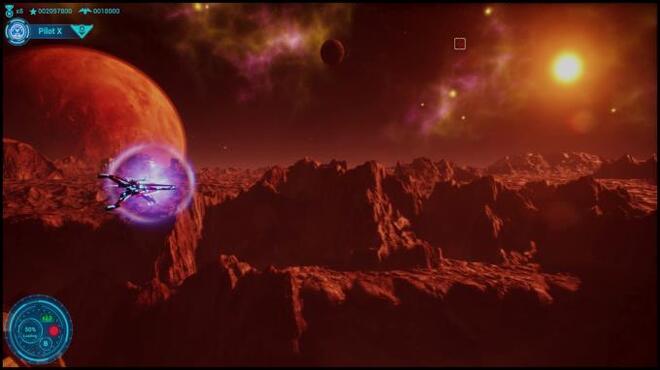

The tertiary M-dwarf component of the system, Proxima Centauri, also hosts at least two planets more massive than Earth 16, 17 that were discovered through the star’s RV variations.Ĭonventional exoplanet imaging studies (e.g., refs. Lower-mass planets could still be present and dynamically stable (e.g., ref.

Measurements of the stars’ radial velocity (RV) trends 14 exclude planets more massive than Msin i ≥ 53 Earth-masses (M ⊕) in the habitable zone of α Centauri A, and ≥ 8.4 M ⊕ for α Centauri B. However, no planets are currently known to orbit either star. At the system’s distance of 1.3 pc, these physical separations correspond to angular separations of about one arcsecond, which can be resolved with existing 8-m-class telescopes. The primary components α Centauri A and B are similar in mass and temperature to the Sun, and their habitable zones are at separations of about one au (see ref. The nearest stellar system, α Centauri, is among the best-suited for imaging habitable-zone exoplanets (e.g., refs. In this context, habitable refers to the possibility of a planet with a broadly Earth-like atmosphere to host liquid water on its surface. To enable finding and exploring potentially Earth-like planets, exoplanet imaging capabilities are progressing towards lower-mass planets in the habitable zones of nearby stars (e.g., refs. Meanwhile, giant exoplanets have been imaged on wide orbits-enabling direct studies of their orbits and atmospheres (e.g., refs. Such worlds would help us to understand the context of our own planet and would themselves become targets of searches for life beyond the solar system (e.g., refs. Nature Communications volume 12, Article number: 922 ( 2021)Ī primary pursuit of modern astronomy is the search for worlds that are potentially similar to Earth. Imaging low-mass planets within the habitable zone of α Centauri


 0 kommentar(er)
0 kommentar(er)
